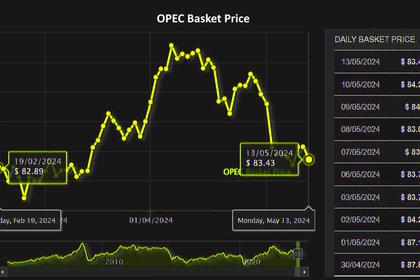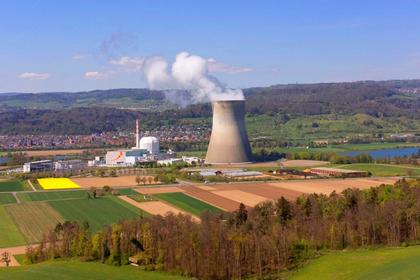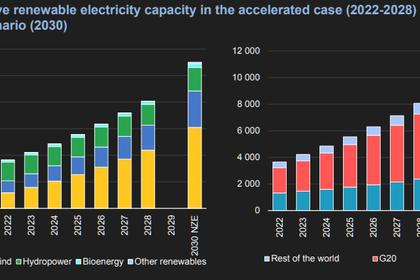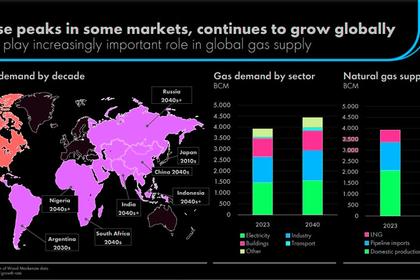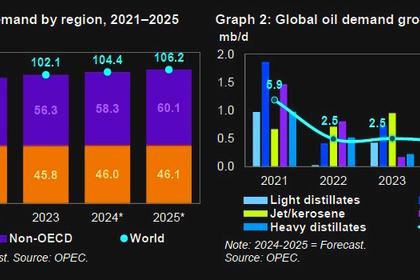This cautionary note follows adjustments to climate targets by major oil companies, alongside the struggles of numerous corporations to set Science Based Targets Initiative-approved goals after the UN COP26 climate summit.
Despite these challenges, renewable energy remains a beacon of hope, being cheaper and more efficient than fossil fuels. Consequently, most new electricity generation capacity focuses on solar or wind energy. However, difficulties such as intermittency and grid integration hinder their full-scale adoption and scalability. Moreover, as energy consultancy Wood Mackenzie warns, "the increased cost of capital would make the transition to a net-zero global economy even harder and more costly”. Herein lies the significance of integrating carbon-based fuels with renewables in energy trading. Carbon-intensive fuels, notably natural gas, play a crucial role in this synergy, offering reliability and flexibility that complement the intermittency of renewables.
Portfolio Optimization
In navigating this landscape, portfolio optimization and data-driven trading models emerge as crucial tools for industry players. Additionally, startups armed with advanced technology pose disruptions to the market, as do existing traders with downstream portfolios transitioning to green fuels.
Operating a multi-commodity / multi-asset portfolio in this environment requires critical insights to make informed operational and trading decisions and constant adjustment in changing conditions. This considers power and carbon-based fuels markets, markets for ancillary services, imbalance energy, emissions, renewable energy, co-generation and more. Organizations increasingly realize that to stay competitive, data is the fuel for success. Insights from data helps them to innovate and make smarter decisions based on facts, instead of gut feeling.
Carbon and Renewables Integration
The integration of carbon-based fuels and renewable energy sources in energy trading enhances the resilience and sustainability of the energy system. This synergy can be quantified by analyzing the reduction in greenhouse gas emissions achieved through the displacement of carbon-intensive fuels with renewable energy sources, augmented by innovative policies such as the European Union Cross-Border Adjustment Mechanism (CBAM). It also involves assessing the economic benefits and cost savings derived from this integration, including reduced reliance on volatile fossil fuel markets and improved energy security.
Financial instruments such as carbon credits and renewable energy certificates (RECs), play a crucial role in promoting sustainability in energy trading. Quantifiable metrics include the volume and price growth of these instruments, as well as their impact on investment decisions and decarbonization targets. Additionally, the effectiveness of carbon pricing mechanisms, such as carbon taxes, the European Emissions Trading System, or cap-and-trade systems, can be measured in terms of their ability to incentivize emissions reduction and foster the transition to cleaner energy sources.
Energy Portfolio Management
With the price of electricity in large part determined by the prices of natural gas and decarbonization efforts driving variable renewable energy generation, electricity prices have become volatile. In addition, the challenges in the transition towards electrification includes the mentioned congested transmission grids, along with an evolving wholesale energy market which is driving more hedging needs.
This makes the adoption of specialist services and sophisticated software technology essential for navigating complex business scenarios around renewable energy and carbon-based fuels, carbon credits, RECs, and compliance reporting. Here is where Energy Portfolio Management comes in, as a collection of solutions to manage and drive optimal decisions across an enterprise portfolio of assets. It encompasses operational analytics (market insights and planning), finance, and risk (commercial operations for forecasting, market communication, and trading) through a composable solution approach delivered as a service or software. When integrated, it provides a holistic view that creates transparency, knowledge, and awareness, enabling planners, portfolio managers, traders, and investors to make better economic and strategic decisions and support effective business operations.
Take away!
The requirements for portfolio optimization in the energy market are becoming more and more complex. The energy transition is bringing new players in and, with the drive for cleaner energies, is creating connections and interdependencies between power, natural gas, LNG, hydrogen, biofuels and associated renewable certificate and carbon credits. It also introduces volatility, risk as well as opportunities. With a slower transformation, the complex effects of this interconnectedness will remain longer.
Being data-driven is about giving the business decision makers the power to explore data and make decisions. Quantifiable outcomes include increased efficiency in energy trading operations, optimized portfolio performance, and streamlined compliance processes. Advanced algorithms enable traders to optimize energy portfolios based on market dynamics, weather forecasts, and regulatory developments, enhancing efficiency and profitability. Moreover, integrated platforms streamline compliance reporting processes, ensuring adherence to regulatory requirements, and reducing administrative burdens for energy companies.
Stakeholders in the energy sector, including power generators, energy retailers, wholesale traders, as well as Commercial & Industrials participating directly in the wholesale market, can optimize trading strategies, mitigate risks, and contribute to global sustainability goals by leveraging Energy Portfolio Management solutions. Investing in advanced data services and software platforms, enhances data analytics capabilities and collaborating across the energy value chain to maximize synergies between carbon and renewables.
The synergy between carbon-based fuels and renewables in energy trading, facilitated by innovative policies and supported by advanced software technology, offers transformative opportunities for the energy sector. Collaboration and innovation across the value chain are imperative for realizing a sustainable and resilient energy future. As the energy transition accelerates, stakeholders must embrace these opportunities and work together towards a common goal of a cleaner, more sustainable energy system.
-----
This thought leadership article was originally shared with Energy Central's Utility Management Community Group. The communities are a place where professionals in the power industry can share, learn and connect in a collaborative environment. Join the Utility Management Community today and learn from others who work in the industry.


